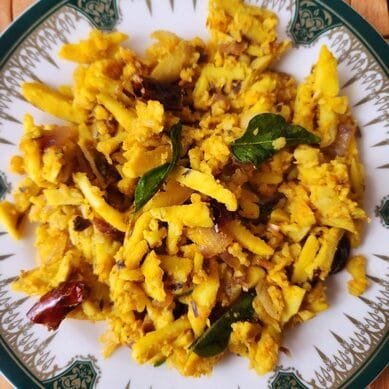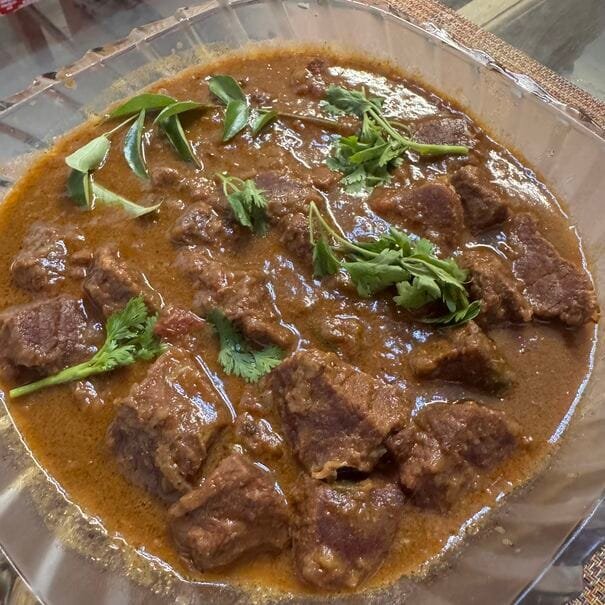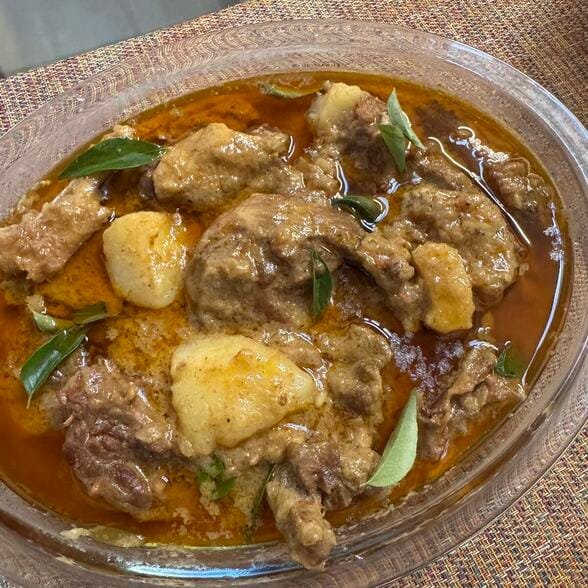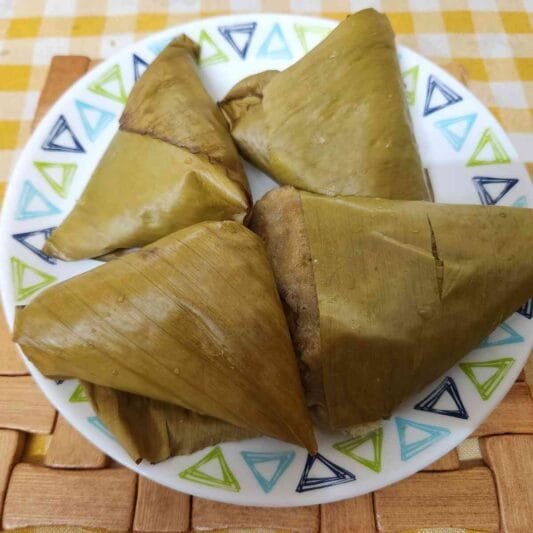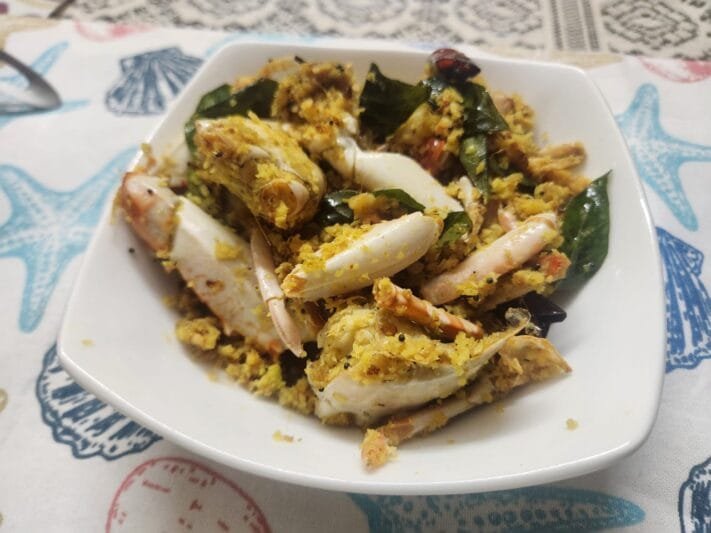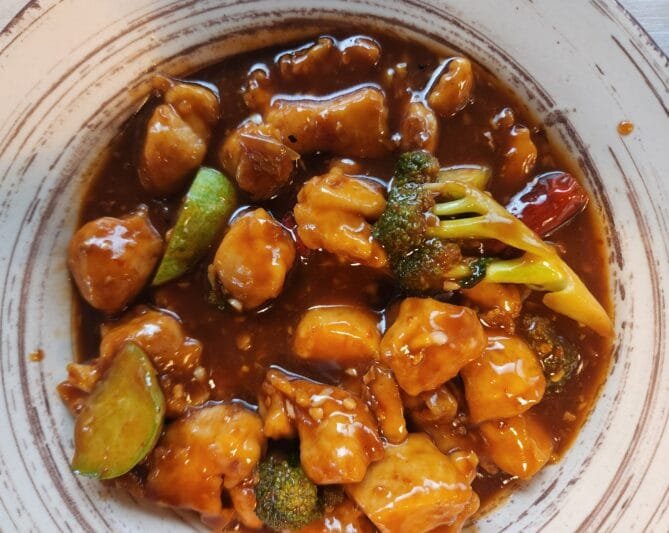Dindigul, a district in Tamil Nadu, is renowned for its unique and flavorful biryani, known as Thalappakatti Chicken Biryani. This special biryani recipe has roots that trace back to 1957 when Mr. Nagasamy Naidu founded the Thalappakatti Restaurant. From the very beginning, he focused on making the biryani stand out by using high-quality ingredients like premium masala products and fresh meat. This ensured that every bite of the biryani would be extraordinary and unique in flavor.
Over the years, Thalappakatti Biryani has garnered a loyal following. The restaurant now has over 40 outlets worldwide, including locations in Paris, Dubai, Kuala Lumpur, and California, cementing its status as an internationally loved dish.
The Secret Behind Thalappakatti Biryani
One of the defining features of this biryani is the special blend of spices used in its preparation. The mix of spices enhances the taste, making it irresistible to biryani lovers. The Tamil Nadu region’s biryani recipes typically use Jeerakasala rice or Kaima rice, both of which are known for absorbing flavors better than other varieties of rice. However, if you don’t have access to Kaima rice, Basmati rice is a good substitute, though the flavor may differ slightly.
For this recipe, the key to success is using fresh ingredients. Both the masala and paste are freshly ground, with shallots being a central ingredient. This recipe is not overly spicy, so feel free to adjust the spice levels based on your family’s preferences.
Ingredients
For the Biryani:
- Chicken – 1/2 kg
- Kaima rice or Jeerakasala rice – 2 cups
- Water – 3 cups
- Sunflower oil – 2 tablespoons
- Ghee – 3 tablespoons
- Turmeric powder – 1/2 teaspoon
- Chilli powder – 1 teaspoon
- Curd – 4 tablespoons
- Lemon juice – 1 tablespoon
For the Biryani Masala:
- Fennel seeds – 1/2 teaspoon
- Cumin seeds – 1 teaspoon
- Coriander seeds – 2 teaspoons
- Pepper – 1/2 teaspoon
- Cinnamon – 5 pieces (1-inch size)
- Cloves – 8 to 10
- Bay leaves – 1
- Star anise – 1
- Cardamom – 3
- Cashew nuts – 8
- Mint leaves – 1 tablespoon
For the Ground Paste:
- Shallots – 250 g
- Garlic – 8 pods
- Ginger – 2-inch size piece
- Green chillies – 2
- Coriander leaves – 2 tablespoons
- Mint leaves – 2 tablespoons
Method of Preparation
- Prep the Rice: Wash, clean, and soak the rice for 30 minutes. After soaking, drain the water and set the rice aside.
- Prepare the Chicken: Clean and cut the chicken pieces to your desired size.
- Grind the Spices and Paste:
- Grind the biryani masala (listed under “For Biryani Masala”) to a coarse powder.
- Grind the shallots, garlic, ginger, green chillies, coriander leaves, and mint leaves (listed under “For Ground Paste”) to form a coarse paste.
- Cooking the Biryani:
- In a heavy-bottomed kadai (pan), heat the sunflower oil and ghee.
- Add the ground shallot paste and sauté well until the raw smell disappears.
- Add the ground biryani masala, turmeric powder, and chili powder. Sauté the spices until the raw smell is gone.
- Add the curd and mix well, then add the chicken pieces. Make sure the chicken is well-coated with the masala.
- Add 1 cup of water and cook the chicken on medium flame for about 10 minutes.
- Simmering the Biryani:
- After 10 minutes, add 3 more cups of water. Once the curry comes to a rolling boil, add the soaked rice.
- Add 1 tablespoon of mint leaves and the lemon juice. Cover and cook on low flame for 20 minutes.
- Serve and Enjoy:
- After 20 minutes, the rice should be perfectly cooked, with the flavors well-infused. Serve the Thalappakatti Chicken Biryani with raita, pickles, or any side dish of your choice.
Final Thoughts
Thalappakatti Chicken Biryani is a blend of rich spices, fragrant rice, and tender chicken that is bound to transport you to the heart of Dindigul, Tamil Nadu. Its distinctive flavor comes from a special blend of ingredients, and the love and care put into the preparation makes it a dish worth trying. Whether you’re a seasoned chef or a beginner, this easier version of the traditional biryani will surely impress your family and guests alike. Happy cooking!

